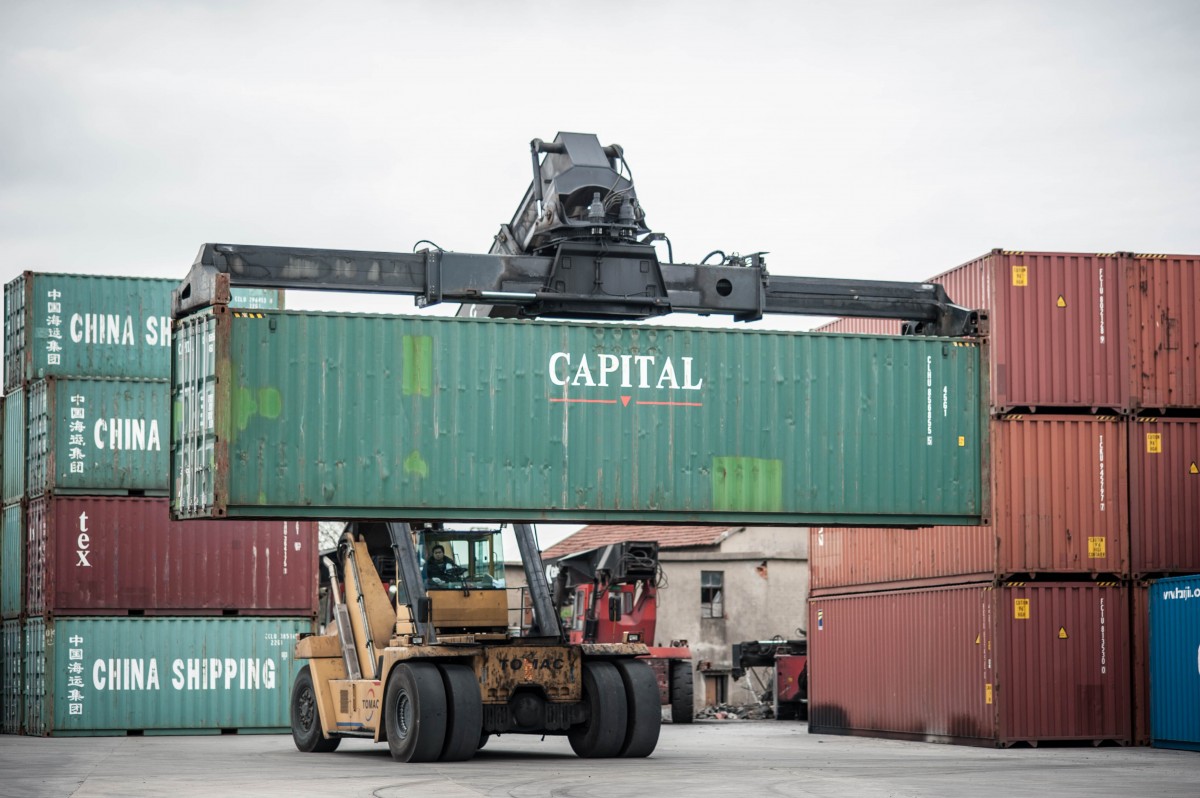Relations between Russia and China are constantly improving, with more flights, more joint projects and other various cooperation.
In 2019, the two countries celebrated 70 years of the establishment of diplomatic relations. In order to provide a better image of the cooperation between the two countries, Russian outlet Regnum published an analysis presenting the bilateral trade, based on data between January to June 2019 from the Russian Federal Customs Service (FCS).
In 2018, Russia’s trade with China amounted to $108.28 billion, which is 24.51% more than in 2017.
Just in the first half of 2019, Russia imported goods worth $24.20 billion, and exported goods worth $26.64. It means that there’s no significant increase in turnover, or it is possible that in the second half of the year there is a typical dramatic increase in trade.
As per the data, available from the FCS, the most of those imports go to Moscow, as it is the financial heart of Russia, as well as it has the biggest airport and many of the goods that arrive from China by air need to be cleared in the capital of the country.
For the first half of the year, goods worth $10.88 billion were delivered to Moscow – that is, almost half of the total Chinese imports to the country.
That amount was comprised of the following:
- $2.16 billion in mobile phones;
- Upwards of $1 billion in electronic devices, mostly computers;
- A significant amount was made up of shoes, water heaters and air conditions, microphones and even tricycles;
Saint Petersburg gets much lower traffic, in the first 6 months of 2019, goods worth $ 439.43 million passed through the customs of the region.
These were mostly internal combustion engines and other parts and accessories for motorized vehicles, ships and boats.
The data further showed that regions that were closer physically closer to China didn’t actually receive as much goods as those that were farther away like Moscow and Saint Petersburg.
These include: he Amur Region, the Trans-Baikal Territory, the Jewish Autonomous Region, Primorsky Territory, as well as the Khabarovsk Territory.
The largest import volumes for January-June 2019 out of the mentioned regions was recorded in the Primorsky Territory, it amounted to $1.24 billion.
This is due to the presence of a port in Vladivostok, which receives a significant amount of cargo, which is subsequently sent by rail to Western Russia.
In addition, the goods delivered to the Primorsky Territory or to Russia as a whole (via Vladivostok) are goods with a rather high cost such as computers, mobile phones, among other equipment.
The other mentioned regions all recorded under $200 million in exports, with the Jewish Autonomous Region, with only $11.5 million.
On the other hand, half of Russian exports to China also go through Moscow, approximately $13.46 billion. Out of that amount, $11.96 billion is comprised of crude oil and petroleum products.
Much smaller, but still relatively substantial amounts fall on goods under a secret code ($ 197.89 million), as well as coal, timber, and ethylene polymers.
In six months, goods worth $ 1.14 billion were shipped from Petersburg to China. About half of the exports also come from crude oil and petroleum products. In addition, timber, copper and turbojet engines.
From the regions closer to China, the leader is yet again Primorsky. However, the volume of shipments from Russia is significantly less than in the opposite direction – $783.39 million, of which $375 million comes from frozen fish.
The topic of timber export from a number of Russian regions to China has a number of issues. As in 2018, in August this year, the Minister of Natural Resources, Dmitry Kobylkin, announced that Russia could temporarily ban timber supplies to China. Demand for these products in China is high, which provokes the development of the gray market as well.
Kobylkin, in an interview with Vedomosti, said that China needs to join in solving the problem of illegal deforestation in Russia. However, the question of how soon this problem will be resolved and if it will be resolved at all remains questionable.
The other regions closer to Russia all actually export more than they import. This difference is specifically noticeable in the Jewish Autonomous Region – $48.52 million were exported in the first 6 months of the year.
These figures in practice confirm that there is a lively interaction between China and Russia, however, it cannot be said that the growth rate of goods turnover is substantial.
One of the main conclusions is that, despite the participation of the regions closer to China, the bulk of the trade still goes through Moscow.
Regions, even those closest to China, do not play a tangible role in building and strengthening economic ties between countries. Russia still retains the export of raw materials – both oil and timber, and China – the supply of mobile and other devices and clothing to Russia. And such an exchange is unlikely to change in the near future.
MORE ON THE TOPIC:






